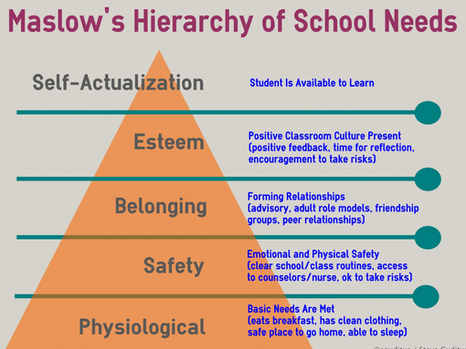Trauma Informed Approach
|
Four Key Assumptions of the Trauma-Informed Approach (SAMHSA):
|
|
Six Key Principles of a Trauma-Informed Approach
Trustworthiness & Transparency
|
| ||||
|
|
|
|
|
Empowerment, Voice, & Choice
|





